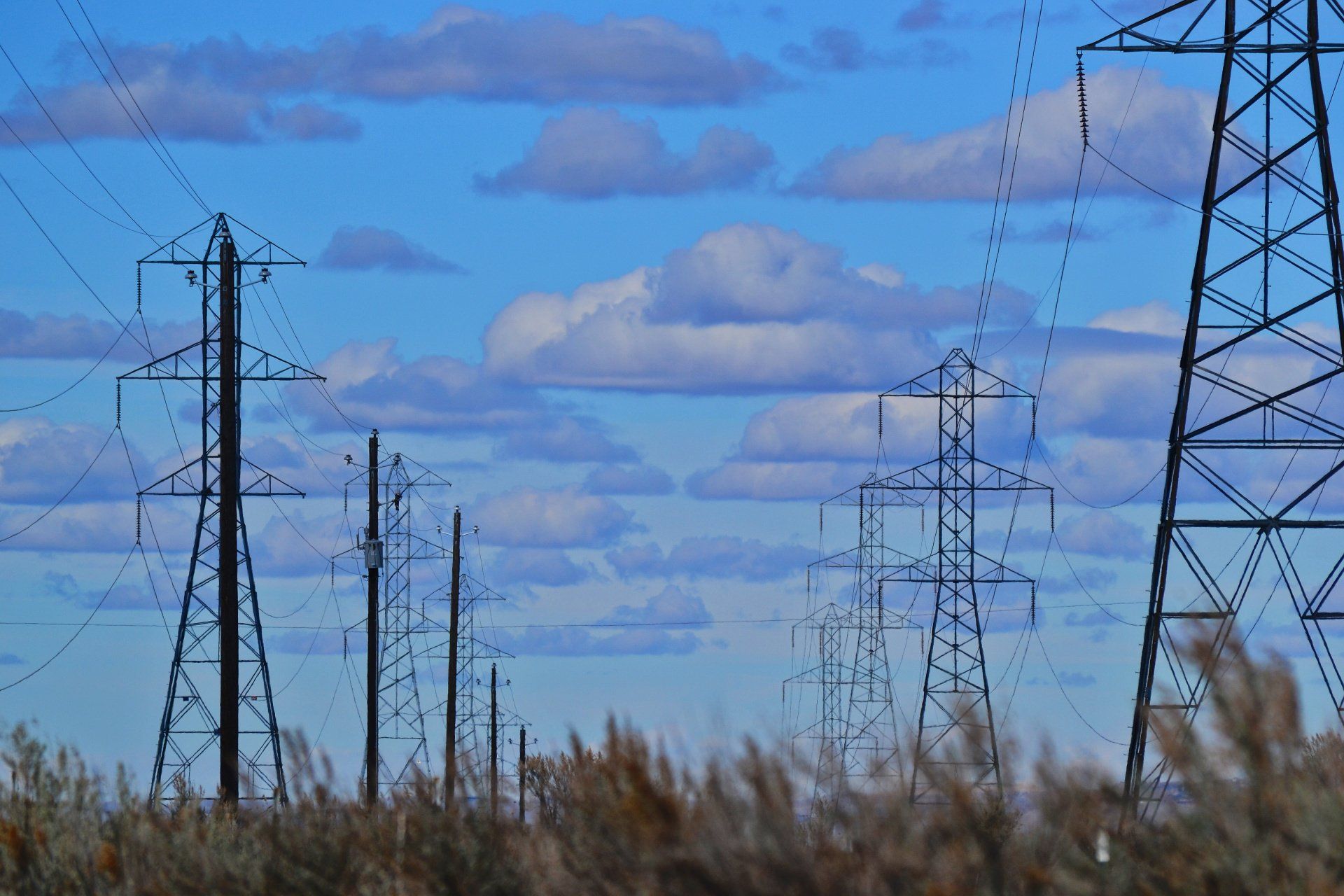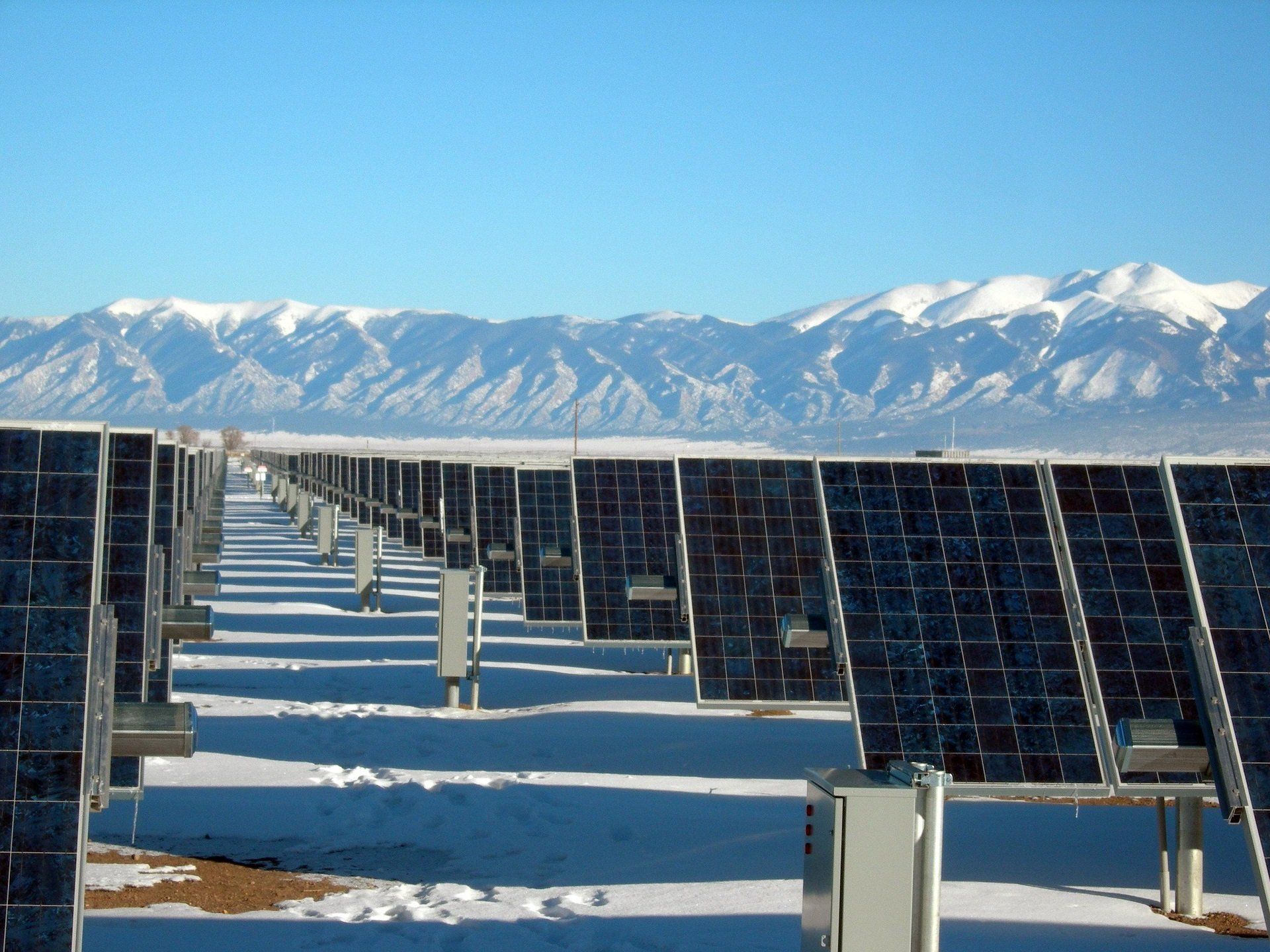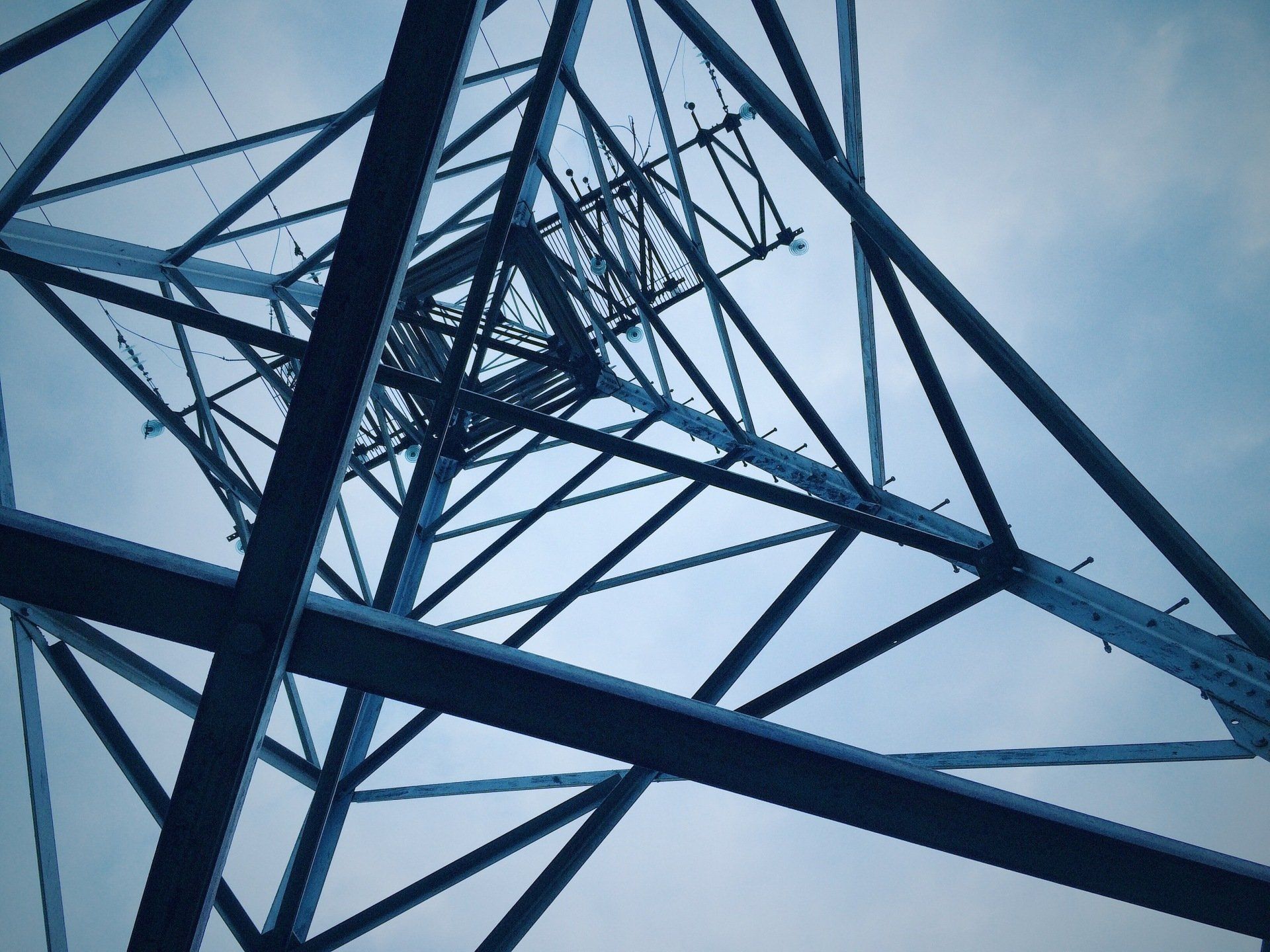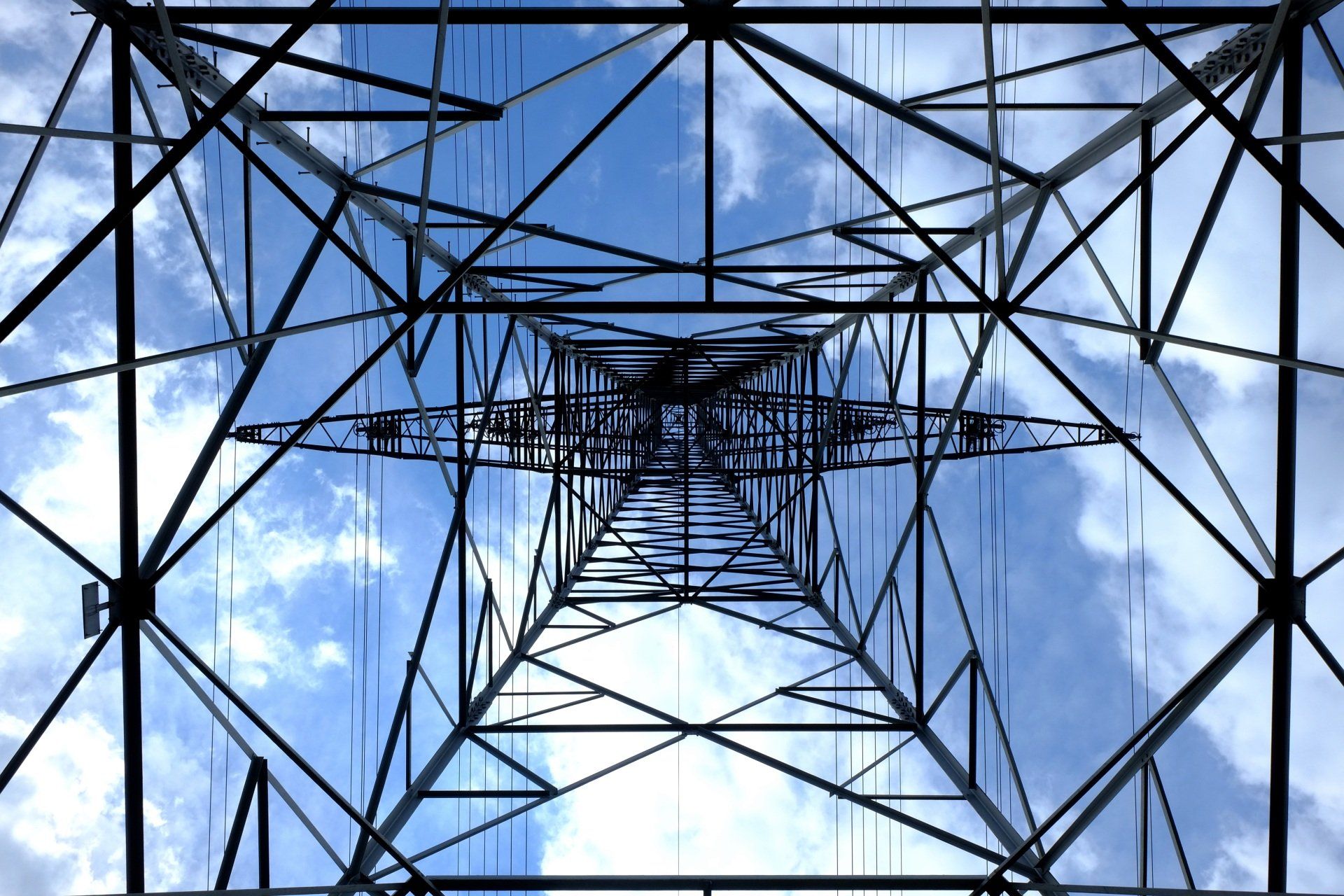PASCHALi Heat Pumps Briefing Note
19 October 2022
What are heat pumps?
A heat pump is a device that can be used to heat a building by transferring thermal energy from outside to the inside of a building. There are a number of different types of heat pumps dependant on where the initial thermal energy source is, however, the fundamentals of the heat pump remain constant.
The key components of heat pumps are an evaporator, a compressor, a condenser, and an expansion valve.
How do they work?
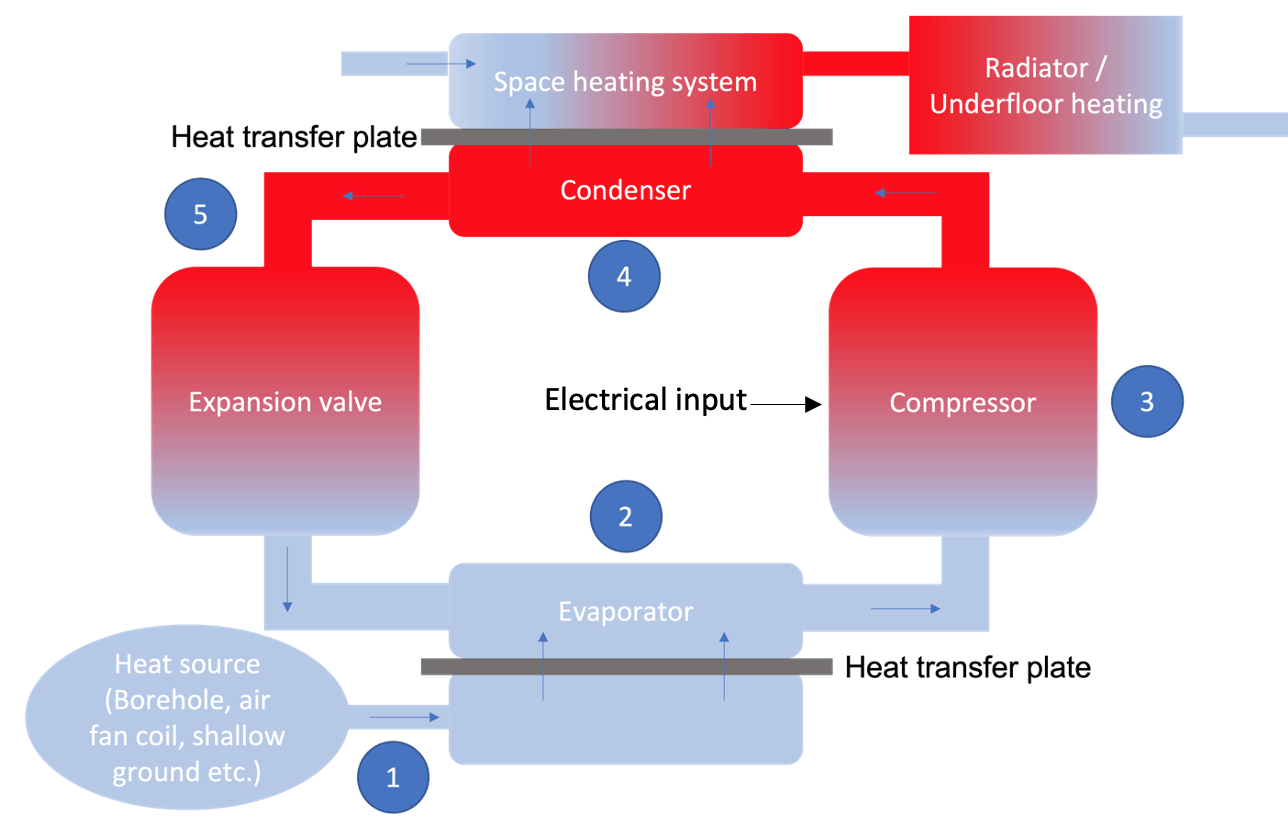
1.
Sources such as the air and ground contain thermal energy that can be gathered for use in heating properties through use of heat pumps. For ground source heat pumps, water circulating through pipes in the ground is mixed with antifreeze to make a brine. Thermal energy from the ground is absorbed into the brine. For air source heat pumps, a fan coil is used to absorb the thermal energy from the surrounding air.
2.
The brine or heat from the coil passes through a heat exchanger called an evaporator. The evaporator consists of two sides, between which is a heat transfer plate. Heat from the brine or coil flows through this plate into a secondary chamber containing a refrigerant liquid. As the heat passes into the refrigerant, it begins to boil and turn into a gas.
3.
The refrigerant gas is then fed into a compressor and greatly compressed to increase its pressure and thus it temperature. The compressor requires electrical input in order to do this. The majority of electrical power in the system is consumed here.
4.
The now hot gas refrigerant flows to another heat exchanged called the condenser. Heat from the gas refrigerant passes through a heat transfer plate into the property’s space heating system, usually consisting of radiators, underfloor heating or a cylinder coil if heating domestic water. Using radiators with larger surface areas means the compressor has to work less hard, meaning it uses less electricity so will save on costs.
5.
Having transferred its heat, the refrigerant begins to cool. It then flows into an expansion valve where its pressure is decreased and naturally turns back into liquid for use in the cycle again.
How is the efficiency of a heat pump measured?
A coefficient of performance can be calculated to determine the amount of heat produced for every unit of electricity consumed. The coefficient usually ranges between 3 and 6. If a heat pump has a coefficient of 3, then it produces 3 units of heat from every one unit of electricity consumed. Due to seasonal changes, a more accurate way of measuring a heat pump’s efficiency all year round is a Seasonal Performance Factor (SPF), which is specifically calculated using average temperatures at the system’s location and other technical details such as radiator size.
What are the different types of heat pump?
Air source heat pumps
Air at any temperature contains some energy. Air source heat pumps transfer this energy as heat from the outside to the inside of the building for use heating either domestic hot water or space heating.
In order to transfer the outside heat energy into the heat pump, an outdoor air source fan coil is used to extract the heat from the ambient air. While installation costs are high, they are less than that of ground source heat pumps, although they lack the ability to utilise the thermal storage capacity of the ground making them slightly less efficient. For certain types of air source heat pumps, the process can be reversed in periods of warmer weather, extracting warm air from inside a building in order to cool it.
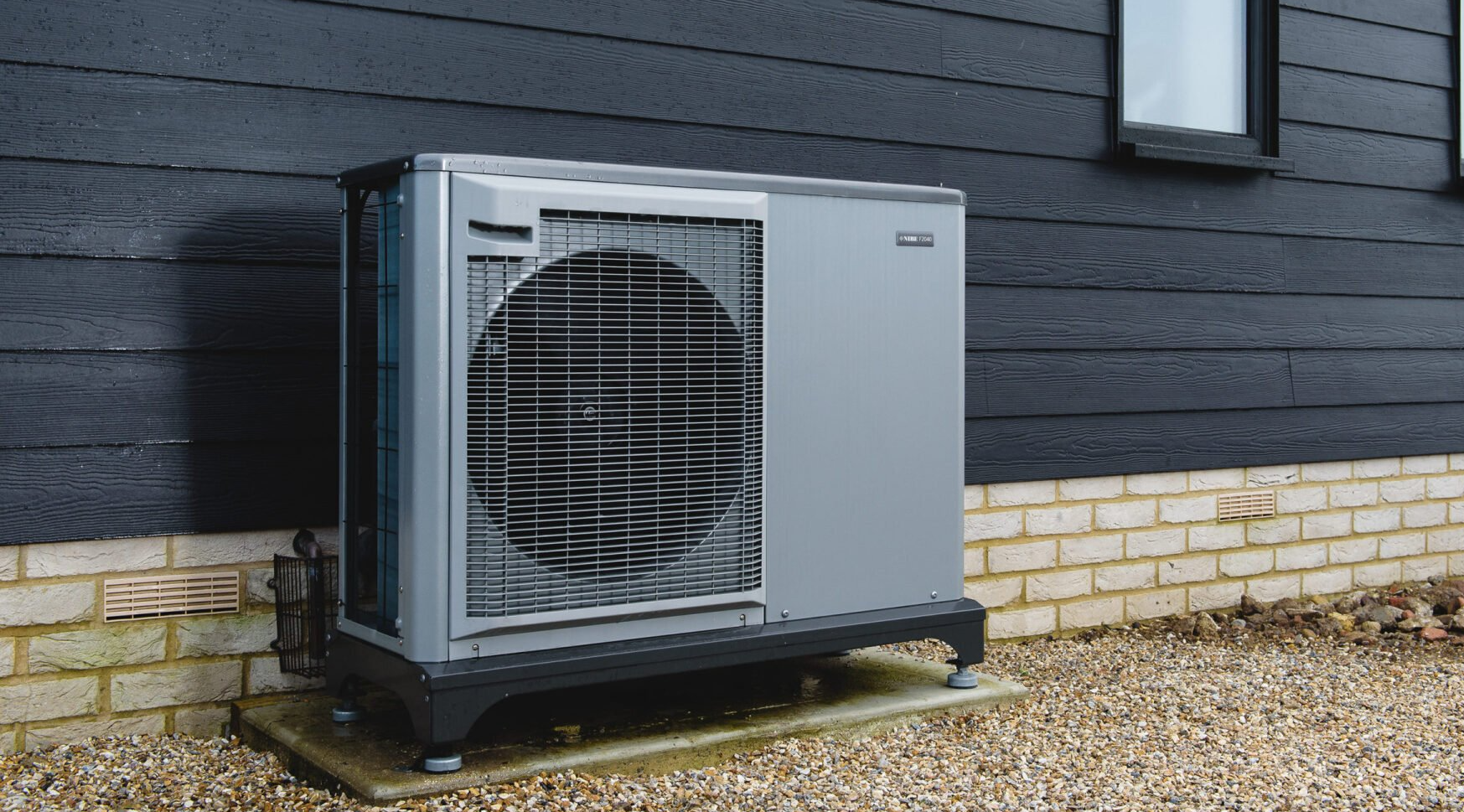
Ground source heat pumps
Instead of using the thermal energy of the air, ground source heat pumps utilise the thermal capacity of the ground to extract stored heat energy for use in the heat pump. This is usually done in one of two ways:
- Horizontal (Shallow ground source coil)
As series of closed loop systems can be installed using overlapping coils of pipe. These coils are laid out in purpose-built trenches. The overlapping coils have a series of horizontal heat converters that extract the thermal energy stored in the ground for use in the heat pump.
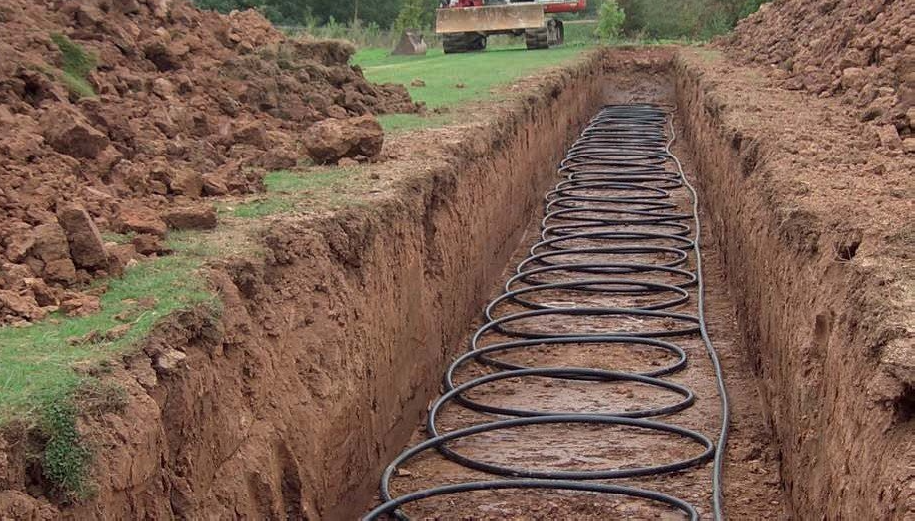
- Vertical (Pipe loop in deep borehole)
Vertical systems consist of a number of boreholes in which U-shaped pipes are fitted containing a heat carrying fluid is contained. The heat stored in the ground surrounding the borehole is extracted into the fluid for use in the heat pump.
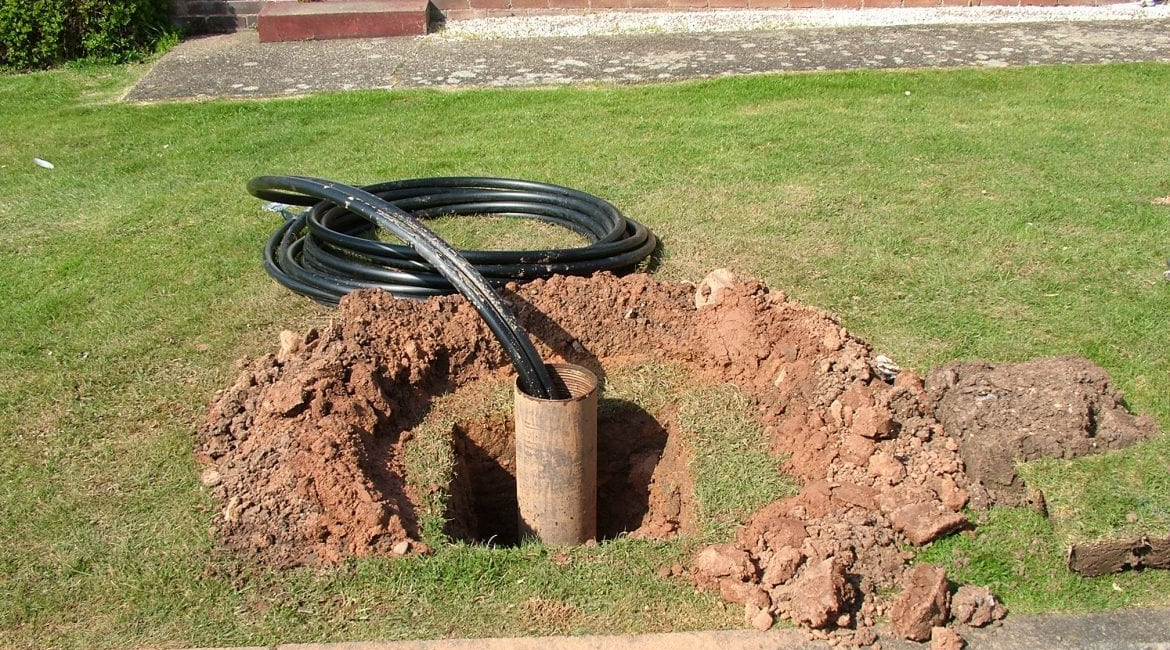
What’s the difference between a ground source heat pump system to geothermal energy?
Rather than using a heat pump to warm buildings, geothermal heating uses geological areas of naturally occurring thermal energy such as hot springs or rocks with high internal thermal production like radioactive granite. Water in hot springs can be used to directly heat homes using wet systems (radiators and underfloor heating), whereas geothermal reservoirs can be created over naturally occurring rocks with high internal heat production, which will heat the water ready for use above the surface. Both these systems do not require the use of a heat pump as the water is already at a sufficient temperature to be used for heating.
In England, areas such as Southampton have utilised a geothermal borehole to provide a district heating scheme for over 2,500 residential customers, along with numerous offices, shopping centres, hospitals and the city’s university.
If you would like to discuss the blog post above or find out how we can support your business, please contact us.
Share Our Blog Post






